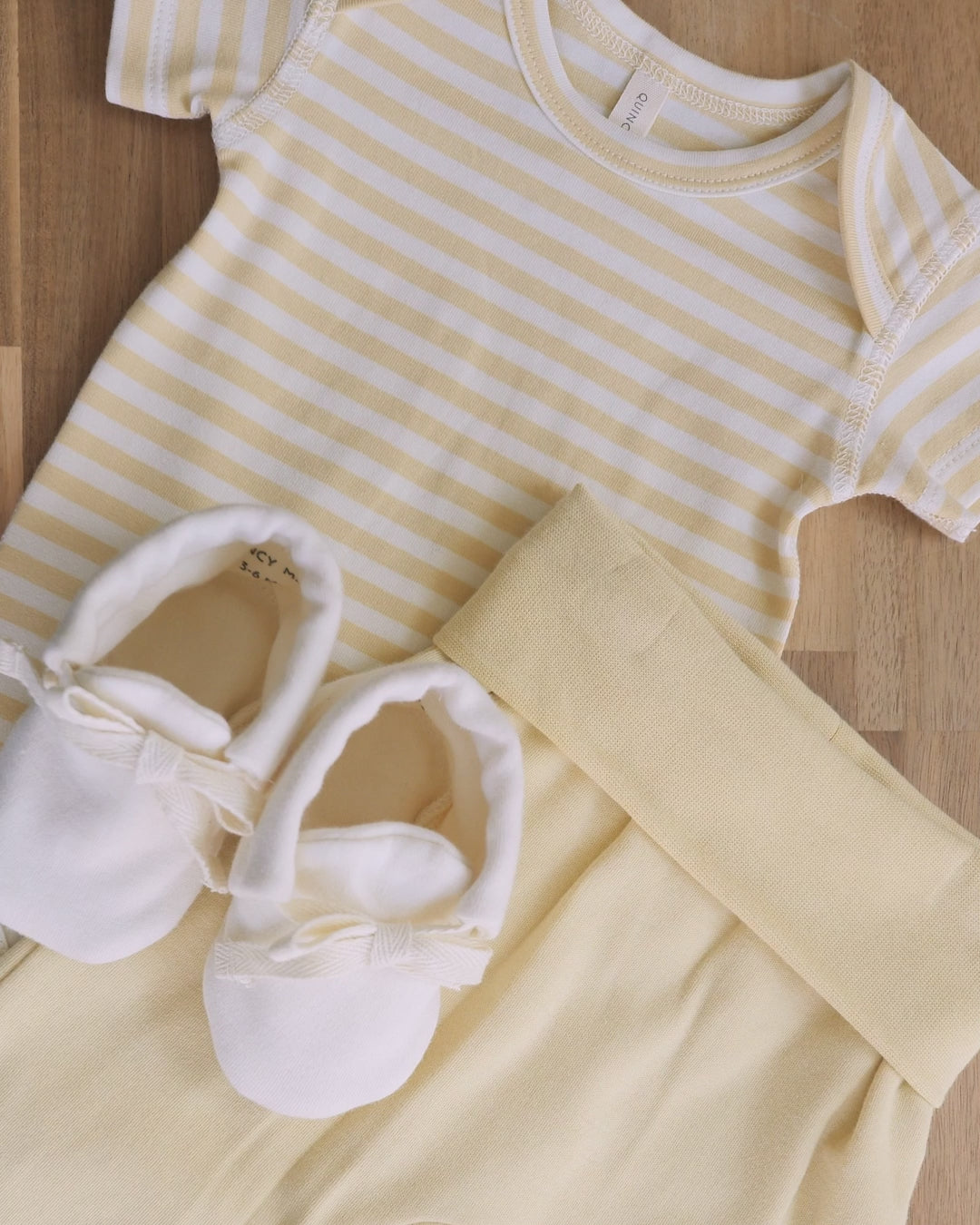Baby's First Christmas: Cozy Moments to Treasure
There’s something magical about celebrating your baby’s first Christmas—the soft glow of twinkle lights, tiny hands reaching for ornaments, and those sweet early memories you’ll hold onto forever. At Quincy...
Read More






































































